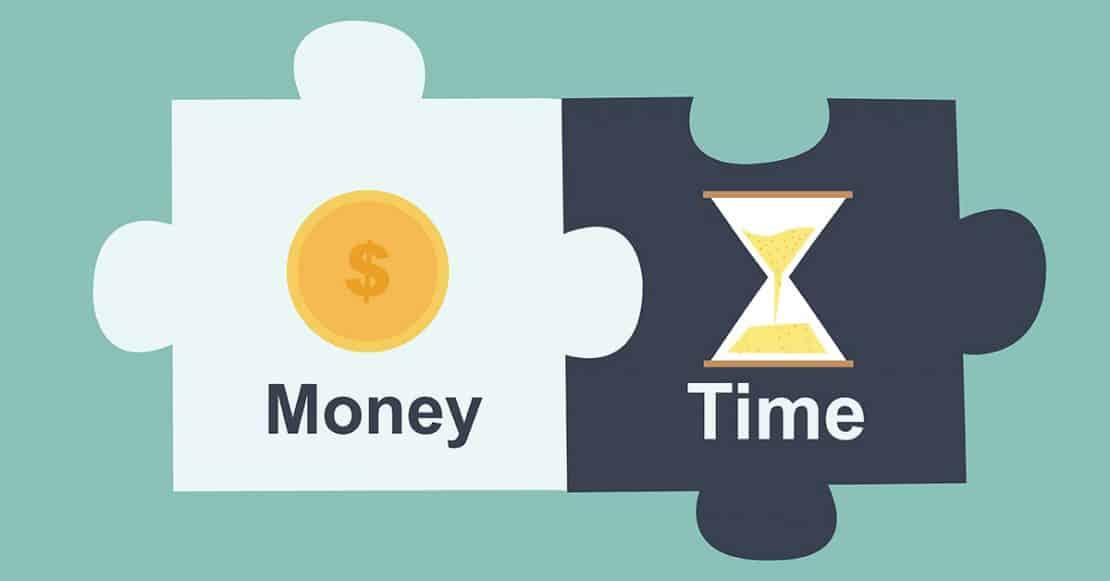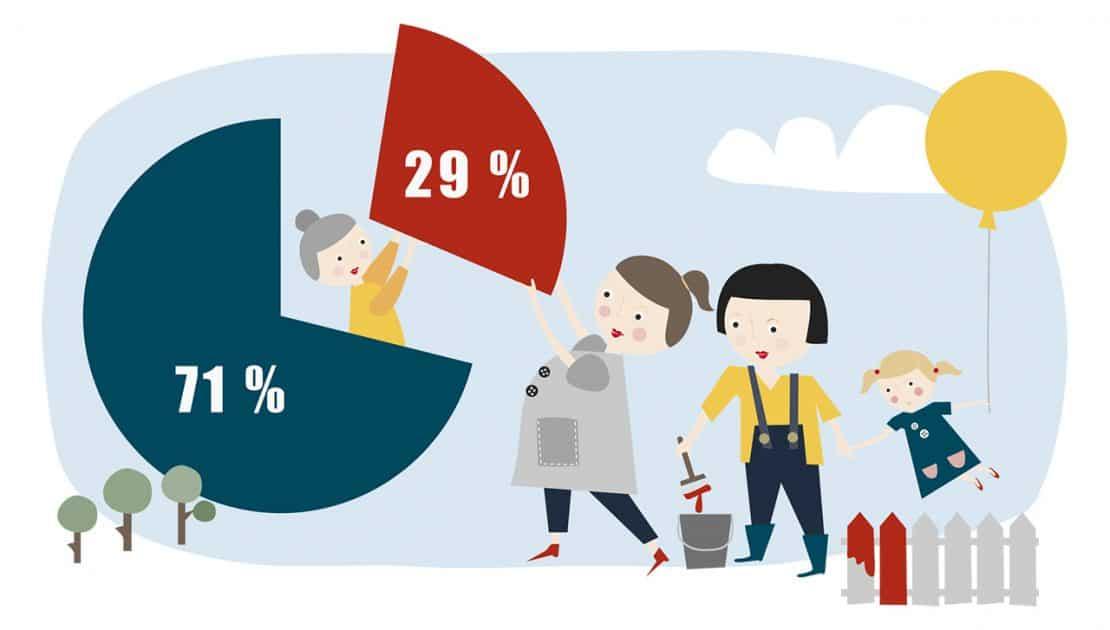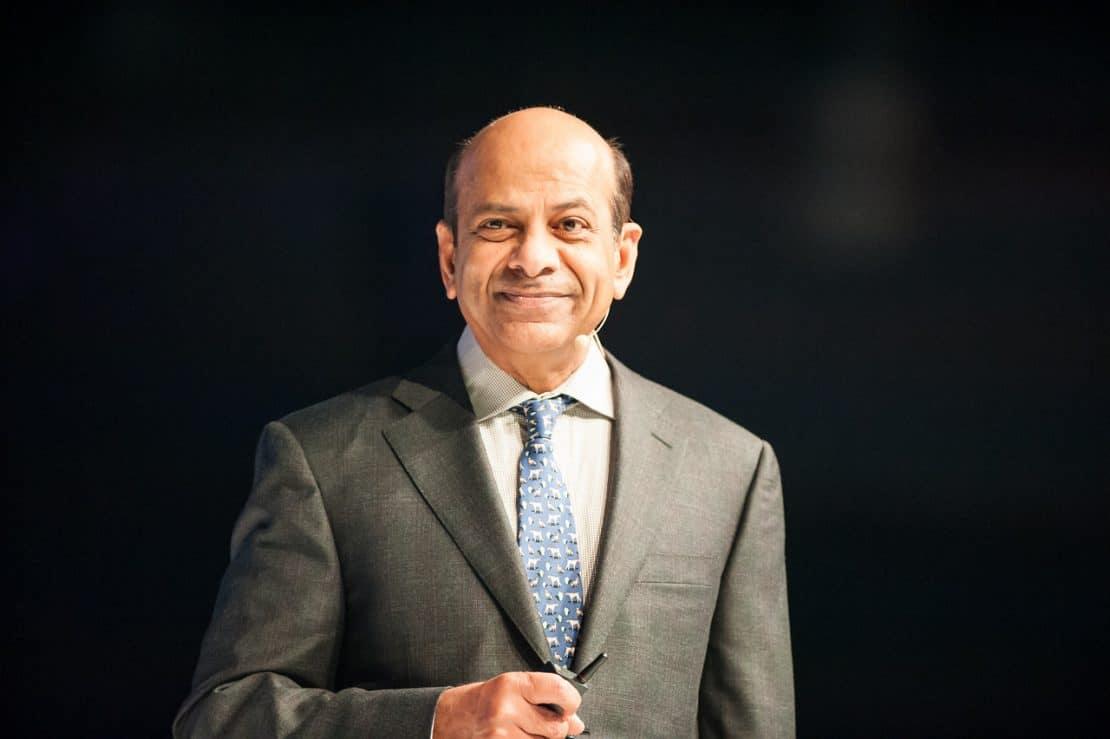4Nov2015
This article was first published in the Nordic Business Report 2015 issue. Download the full copy of the magazine: here.
Here’s an idea – let’s start a virtual farm! You have to admit, with 1.5 billion revenue and 0.5 billion profit, Supercell knows a thing or two about strategy. Their farming game, “Hay Day” has generated more profit in the last few years than all the “traditional farms” in the Nordic countries put together. With in-game purchases at its core, Supercell’s strategy serves as a great example of clever strategic thinking: people like games, and charging for games can be rearranged in a new, more profitable way.
The nature of business strategy has changed a lot in its relatively short history. At first, it was definitely serious, absolutely scientific, and usually very heavy. The main aim of the strategy was to respond to the demands of the market, and the winner was the company that could do so at the lowest cost, with the best quality, with the largest capacity, or all of them combined.
Nowadays strategy is increasingly about innovativeness. This stems from the accelerating changes in technology, economy, and especially consumer mindsets, which in turn have made analysis, forecasting and planning more difficult.
Innovativeness has been a major theme in economics since Joseph Schumpeter devised the theory of creative destruction in the 1930s. The theory states that technological innovations destroy old products and their markets. In the 1970s, Israel Kirzner incorporated the formula of perception, opportunity, and profit into the concept of innovativeness, which alerted entrepreneurs and encouraged them to look for emerging opportunities and to estimate the value of the resources necessary to exploit it. By the first decade of this century, W. Chan Kim and Renée Mauborgne were directing entrepreneurs to venture out into the Blue Oceans by creating their own markets to bypass the competition altogether.
The idea that I call the “business puzzle” builds on those earlier concepts of innovativeness, yet proposes that you don’t have to destroy anything or create something totally new. You can even be successful with exactly the same ability as others have to perceive opportunity. The trick is just to combine the components of a business in a way that benefits your customers as well as yourself as an operator. Often a small change can make a big difference. It may sound boring, but it is often the way to profitability.
Supercell may almost be too brilliant an example of rearrangement, so let’s explore some other large-scale strategy champions. Take Ikea for instance. They didn’t invent the sofa or the table, but they did invent a totally different logic to buying furniture – the flat pack model. This fundamental idea changed the production, logistics and retailing of furniture — not to mention revenue and profitability.
Uber and AirBnB did not invent totally new products or services either. People have rented apartments and paid for transportation for the last few thousand years. However, the way these companies have arranged the pieces of their business in the industry is unique. Although AirBnB and Uber aren’t exactly shaking the foundations of the hotel and transportation business, they do present totally new ways to organize the different roles in their value chains. Their concepts are based on the results of clever strategic thinking and a unique way of organizing existing resources.
Apple’s business model does not rely on its superior manufacturing; Apple has in fact outsourced almost all of its physical production. What Apple is great at is software development and exploiting their vast ecosystem, which covers computers, mobile phones, movies, and artists, as well as many others things. In other words, Apple has mastered their role as leader of the mobile phone market – a role that Nokia could not handle. Of course, nor could Microsoft, Sony or Motorola.
There are also simpler approaches to rearrangement than the big scale examples provided above. When considering the business puzzle, unique perception or unidentified customer expectations are not always needed. Our basic needs serve as good starting points.
People get hungry. The lunch voucher that enables an employer to offer a fringe benefit for its workers was invented in 1954. The lunch voucher and its followers in different fields, such as cultural and sports vouchers, are still going strong and undoubtedly beating most of the restaurants, museums and gyms in terms of profit.
People like sex. The Internet is full of sex stores, not all profitable because of the tough competition. However, there are also very successful companies that sell sex toys for women through Tupperware-style home parties. A small change in sales style has created a big difference in performance.
People use clothes. Pilkkoset sells 5% of all the socks sold in Finland and easily beats H&M in their field. How can this four-person company achieve such sales? Here’s the missing piece of the puzzle: 300,000 outsourced salespeople. The socks are sold via a fundraising business offered specifically to sports clubs and schools.
People want to look good. The MRoom barber shop chain offers haircuts for men, just like a few million other barber shops. However, they do it with a fixed price yearly contract including a buffet style “all you can cut” offering. It’s a sufficiently different business logic and delivers a financial performance most barber shops can only dream of.
It is great if you can think big and implement even bigger. But sometimes less is more. These example companies are not directly destroying anything or creating totally new businesses. Many consumers, or even the competitors, might not even consider some of these to be “real businesses”.
Following the puzzle based strategy does not mean you must be in a growth industry or to be a trendsetter or a master of rapid technological development. It is actually best suited to ordinary businesses, which have a constant demand. Success is then just about the ability to serve customers better with a rearranged business model. The winning puzzle can, for example, be discovered through:
Level 1: A change in billing, e.g., haircuts (MRoom) or all business books and magazines (Talentum Summa) with fixed monthly payments. This is often possible using internal resources.
Level 2: Change in beneficiaries and sponsors, e.g., lunch and cultural vouchers (Smartum) or sport and health challenges in workplaces (Hymis). Here you have to take the role of a broker.
Level 3: Changes in the roles of different parties in the value chain, e.g., Ikea, Uber, AirBnB, Pilkkoset, Spotify, or Google. As a broker you have to combine the functions of several organizations and the interests of numerous parties. The challenge is to get the process running smoothly.
Your imagination is the only thing limiting the opportunities available for a winning puzzle. Rental wallpapers? Beauty treatment vouchers for ugly salesmen? A coffee shop with fixed monthly payments?
Do not over think — the best ideas are often simple and copied from somewhere. Also, don’t plan too much — testing might be faster and cheaper.
Just imagine how it should be and try it!
Writer: Tero Vuorinen, PhD, is a Research Director at the University of Vaasa and the author of the Finnish strategic management book “Strategiakirja – 20 työkalua”.
Illustration: Tiina Kälkäinen




 by:
by: